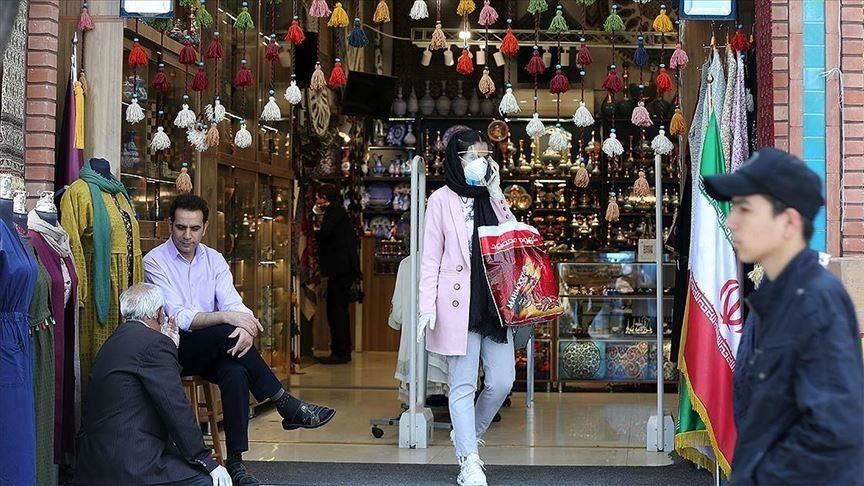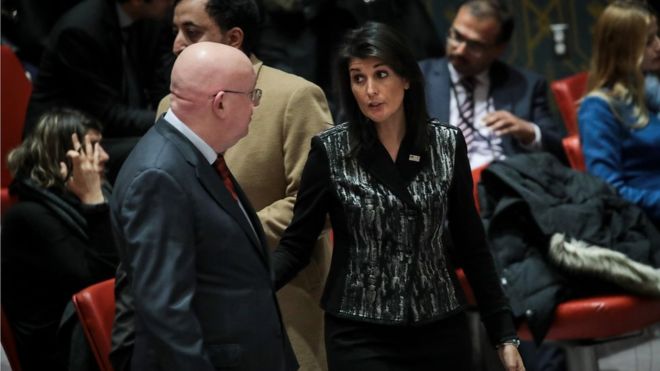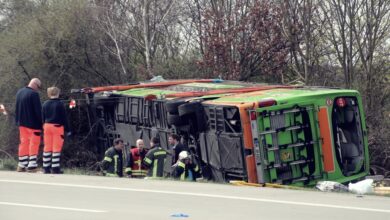
From 151 single-day fatalities less than two weeks ago to 73 on Saturday, cases have dropped considerably and consistently, except for April 9 and 10, when the curve briefly tilted upwards.
New infections have also come down from a single-day peak of 3,186 cases on March 30 to 1,343 on April 19, marking a significant drop.
The total number of recoveries as of April 19 are 57,023. According to health officials, around 53% of those who were infected have recovered.
How this breakthrough came about is the subject of intense speculation.
While some credit the primary healthcare system, plasma therapy and the services of healthcare providers, others see it partly as an outcome of strict compliance with social distancing guidelines and the enforcement of the lockdown in the past few weeks.
However, there is a section of people that believes the figures may not be accurate, especially in Tehran, where the situation continues to be grim despite low-risk businesses being allowed to resume work.
Plasma therapy
Iran’s Health Minister Saeed Namaki, commenting on the consistent drop in COVID-19 numbers in Iran, said the healthcare system has responded effectively to the crisis while applauding people for their “cooperation” with the authorities.
Most provinces, he said, are “doing well” now and the “smart social distancing plan” introduced by the government to tackle the pandemic has been “implemented well”.
One of the things Iran has gotten right, according to many industry experts Anadolu Agency spoke to, is the “plasma therapy” which has been instrumental in saving the lives of many critical COVID-19 patients.
Convalescent plasma therapy, a classic adaptive immunotherapy, has proven to be effective and safe in helping infected patients recover from the disease, according to experts.
“What happens is that the people who recover from the disease have antibodies to the disease in their blood. So their blood is collected and given to those who are severely infected,” Dr. Hassan Jalili, a medical practitioner from Tehran, told Anadolu Agency.
Hospitals in Iran started plasma therapy 40 days ago, and 300 people have so far donated their blood plasma. The result has been a 40% decline in fatalities, according to Hassan Abolqasemi, who leads the plasma therapy project.
The therapy, he said, has proven to be effective in the treatment of other infectious diseases such as SARS, MERS-CoV and Ebola in the past.
“In the U.S., they started working on plasma therapy three weeks after us. Later on, France, Germany, the Netherlands and some other European countries started the work and asked us to share our experience,” he was quoted as saying by Mehr News Agency.
The Iranian government has reportedly allocated 20% of the annual state budget to fight the pandemic and to minimize its impact on the nation’s economy.
Sourena Sattari, Iran’s vice president for science and technology, announced Saturday that two types of diagnostic kits for COVID-19 are being mass-produced by Iranian companies.
The first kit is for RT-PCR tests, 8 million of which are being produced a month, while the other kit is for serology-based tests, around 400,000 of which are being currently produced in the country.
In addition, 40 advanced ventilators are also being manufactured on a daily basis, according to Sattari.
China’s help has also proven to be “key” in the fight against the coronavirus. A team of experts from the Red Cross Society of China came to Iran in late February to share their knowledge and inputs on combating the disease, which originated in China. Beijing has also sent many consignments of medical supplies.
“In one month’s stay in Iran, the Chinese experts worked very hard. They exchanged views on prevention and control measures, especially epidemiological surveys, clinical diagnosis and treatment with Iranian counterparts,” China’s ambassador to Iran Chang Hua said in an interview last week, adding the collaboration between experts of the two countries has produced “positive results.”
Social distancing
After dragging its feet for many weeks, the Iranian government earlier this month moved to announce a strict lockdown and ban on inter-city travel to slow the spread of the deadly virus.
For the past two weeks, people in Tehran and other worst-hit provinces have been following social distancing measures, which is one of the reasons why the number of infections has come down.
An assessment by the Iranian parliament’s research center revealed that the government’s current response has been “acceptable,” contrary to its “weak” handling in the early days of the outbreak.
Experts agree that the response has improved with strict enforcement of social distancing measures in the past few weeks, especially in the capital city.
“There is no doubt that people are now taking this pandemic seriously and authorities have also taken some tough measures to enforce social distancing measures,” Alireza Gholami, an entrepreneur and activist, told Anadolu Agency.
“If these measures had been taken early, say before the New Year, the results would have been different.”
Pertinently, the response to the COVID-19 crisis was marred by disagreement over the imposition of a lockdown in Tehran and other major cities in the weeks prior to the Iranian New Year on March 21.
Earlier this week, with the situation gradually improving, the government’s coronavirus task force announced that some low-risk businesses will be allowed to resume work from April 18 in Tehran.
“The consistent drop in deaths and new infections is a hopeful sign. But we still need to be on our toes and comply with all health advisories,” said Gholami.
Second wave
While the drop in new infections and fatalities from the pandemic has inspired hope and optimism in Iran, there is no reason to lower one’s guard and be complacent.
A study by Iran parliament’s research center, based on the Health Ministry’s epidemiological models, carries some stern warnings if the social distancing guidelines are not observed unfailingly.
The virus can claim nearly 30,000 lives in Iran if only 10% of plans to contain its spread are followed, said the study, adding the figure could drop to 6,000 if 40% of the guidelines are observed.
The 46-page document further warns of a “second wave” of the coronavirus and says the peak in Iran could be as far away as November.
Health experts also warned of a second wave of infections in China also, and they say what unfolds in the Chinese province of Hubei – where the coronavirus first emerged – will be relevant to many countries across the world where the battle against the virus is currently underway.
Extensive testing, contact tracing and social distancing measures are necessary to prevent the resurgence of COVID-19, according to health experts.
“Our case is little different from China,” said Jalili. “The cases have practically dropped to zero in China while we still have thousands of cases each day. So, while we need to bring down new infections first, it’s also essential to remember that there could be a second wave too.”
“To prevent that and to come out and breathe freely again, let’s stay home for now,” he added.




